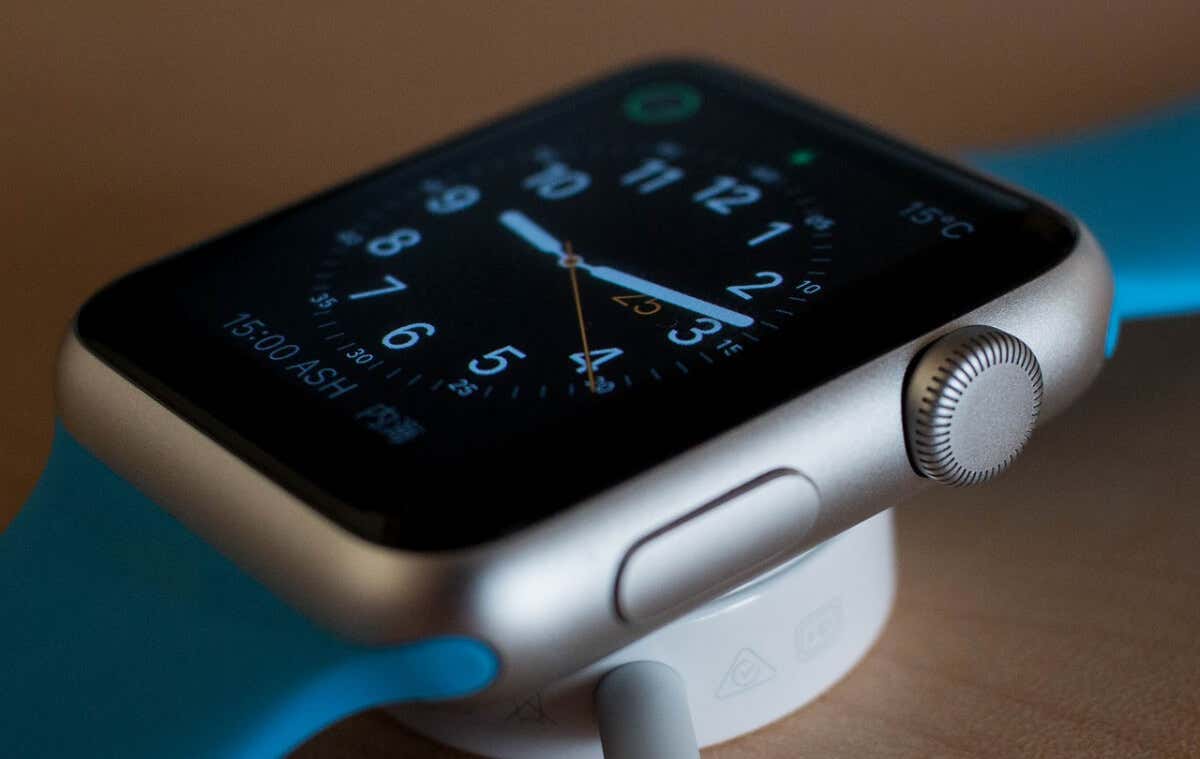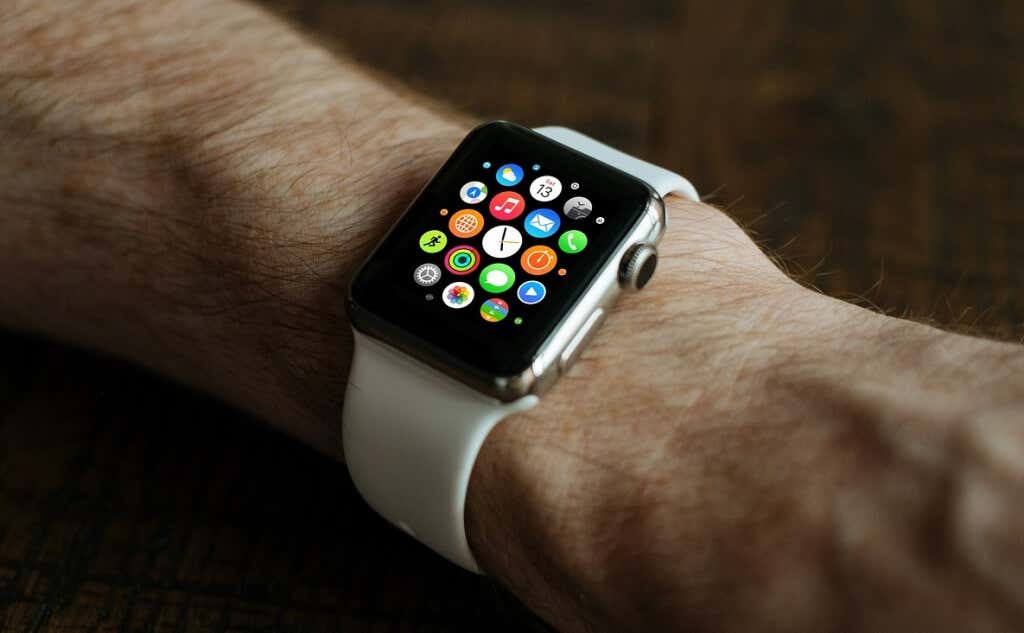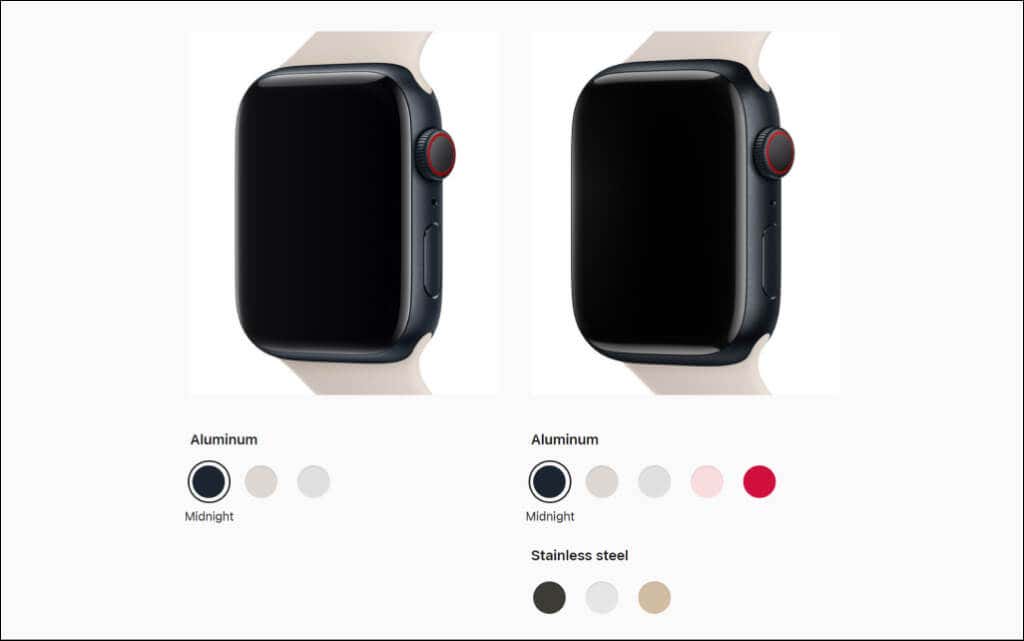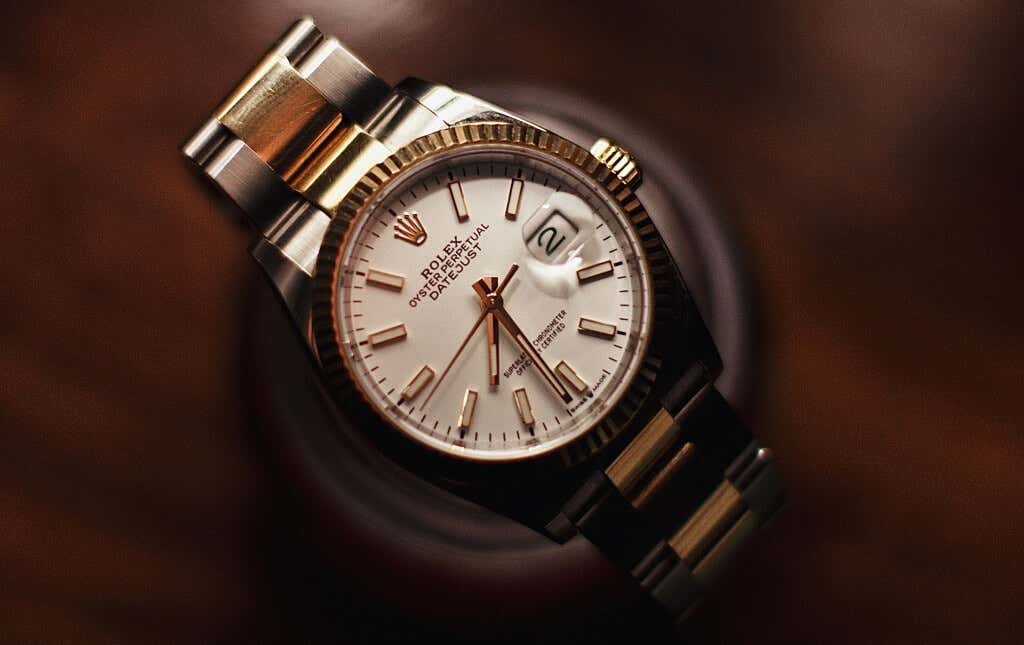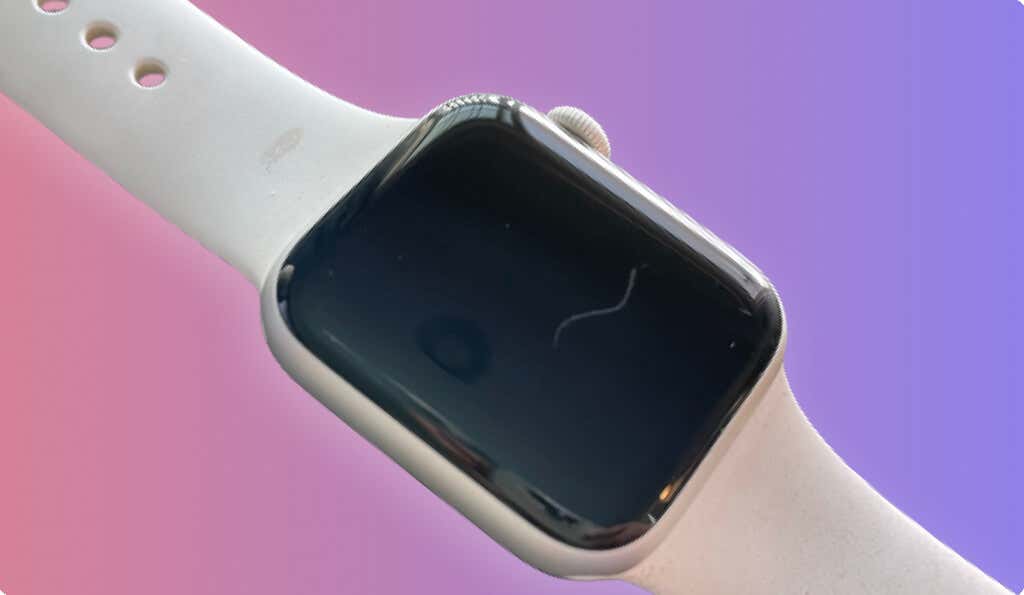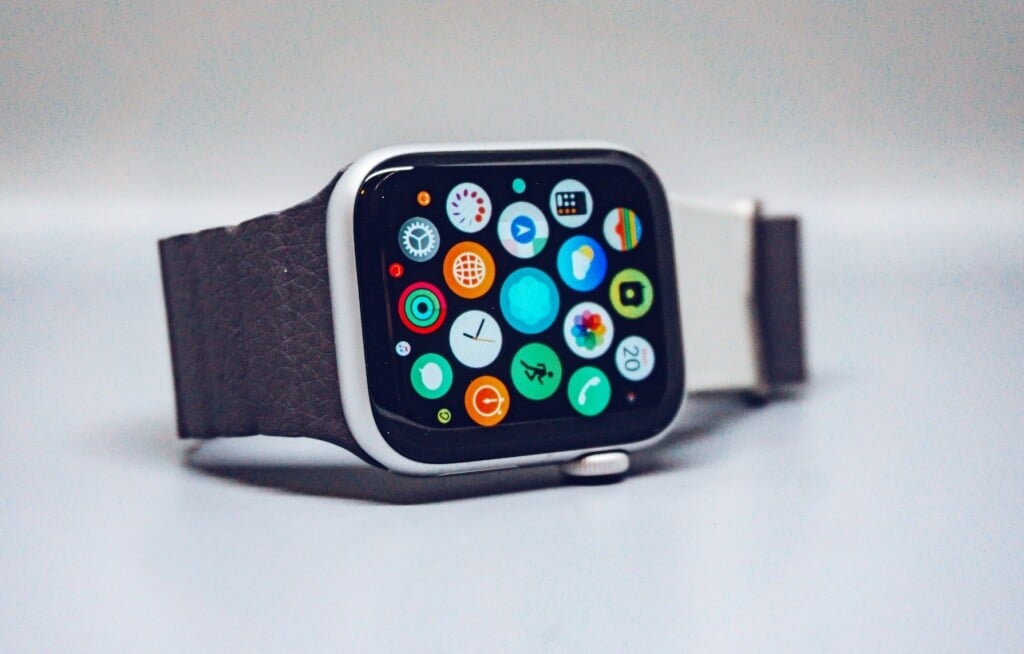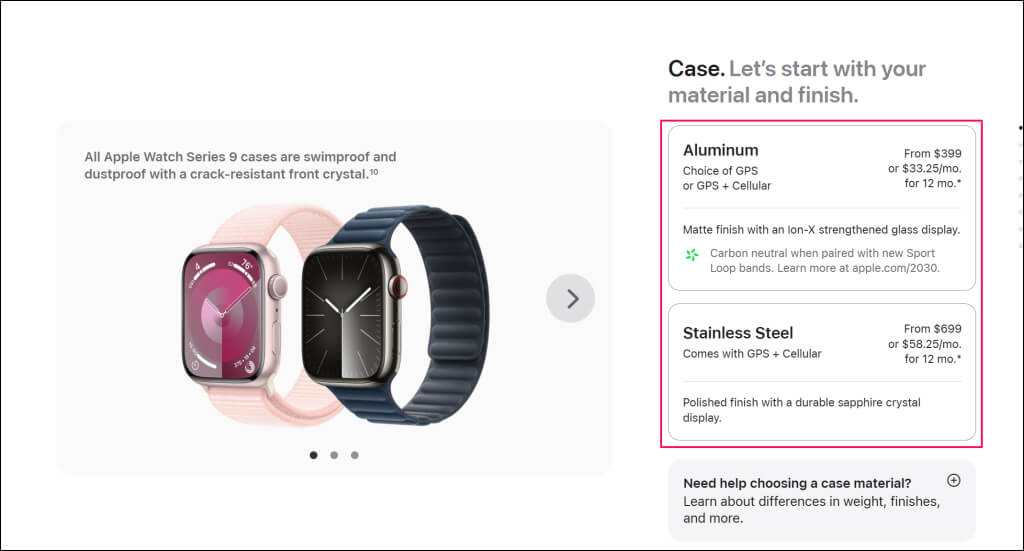Plus we tell you which you should buy
You’re about to buy an Apple Watch but discover that these watches offer a choice of aluminum or stainless steel case. Deciding which to choose can be confusing, especially if you have no idea what differentiates both case materials.
This guide will help you understand the differences between Apple Watches with aluminum and stainless steel cases. When you’re done reading, you should be able to decide which variant to buy.
Strength, Durability, and Appearance
Let’s talk science for a bit. Naturally, stainless steel is a stronger and more durable metal than aluminum. Aluminum is more malleable so that it can be easily pressed or deformed under pressure.
Thanks to Chromium (a chemical element) in stainless steel, it offers more resistance to scratches, rust, corrosion, and wear down. Aluminum also has a protective layer (Aluminum Oxide) that shields it against corrosion, but the layer isn’t as thick/strong as Chromium. That’s enough science talk.
Apple Watches with aluminum cases are more likely to sustain minor scratches due to everyday use. However, aluminum cases often have a matte/dull appearance that conceals scratches and makes them less visible.
Stainless steel cases, on the other hand, are shiny. Hence, tiny or minor scratches and fingerprint smears are often more visible.
Color option is another significant factor worth mentioning. We don’t know why, but Apple Watches with aluminum cases have more color options.
Front Glass or Screen
Apple matches stainless steel watch cases with a “Sapphire Crystal” screen, while aluminum variants have an “Ion-X” display. Sapphire crystal offers better scratch and damage resistance. It’s the same material luxury watch brands like Rolex and Richard Mille use.
Let’s briefly return to basic science talk. Ion-X is a chemically strengthened lightweight glass. It’s a tough and durable material that can withstand impact and bending. However, it’s not as hard as sapphire crystal, making it more susceptible to cosmetic scratches.
Sapphire crystal can only resist scratches and withstand more wear than Ion-X. If you subject both materials to high-impact drop or pressure, sapphire crystal has a higher chance of shattering and cracking. You might notice more cosmetic scratches on an Ion-X glass/screen, but it won’t crack or break easily.
Apple Watches with sapphire crystal screens are ideal for casual everyday use. Buy an aluminum Apple Watch with Ion-X glass if you’ll mostly wear it during rugged sporting activities (hiking, biking, etc.) where the screen can get cracked or broken. For reference, the Apple Watch Sport (1st generation) featured an Ion-X glass.
You could also consider the Apple Watch Ultra editions if you have a higher budget. Although Apple used sapphire crystals on the Ultra models, their titanium cases have raised edges for extra screen protection. They also have bigger screens and better battery life.
Price
Stainless steel Apple Watches cost more than the aluminum variants—for many understandable reasons. First, stainless steel is generally more expensive than aluminum. Also, stainless steel Apple Watches pack more features and pricier materials lacking in the aluminum models—sapphire crystal screen, cellular radio, etc.
Depending on the watch model, the price difference between aluminum and stainless steel case options is typically around $150-350.
Connectivity Options
Apple Watches with aluminum cases have GPS-only or GPS + Cellular connectivity variants. Stainless steel models only have the GPS + Cellular connectivity option.
GPS + Cellular variants have a cellular radio that allows you to make/receive cellular calls and text messages with or without your iPhone. Our Apple Watch GPS (Wi-Fi-Only) vs. Cellular guide will help you better understand the differences between these connectivity variants.
Buying a GPS-only or Wi-Fi-only Apple Watch means settling for an aluminum variant. For cellular connectivity, you can choose between stainless steel or aluminum cases.
Weight
Apple Watches with stainless steel cases are heavier than their aluminum counterparts. The weight difference might be insignificant and barely noticeable, but it exists. The table below highlights the Apple Watch models with stainless steel and aluminum case options and their respective weights.
| Apple Watch Model | Case Material, Connectivity Option, and Weight |
| Apple Watch Series 9 | |
| |
| |
| |
| |
| |
| |
|
- Aluminum [38mm case: 28.2g | 42mm case: 34.2g]
- Stainless Steel [38mm case: 41.9g | 42mm case: 52.4g]
Aluminum vs. Stainless Steel Apple Watches: Which Should You Buy?
Constantly exposing an aluminum Apple Watch to moisture (water, sweat, etc.) will corrode the case in the long run. If you’ll mostly use your Apple Watch for fitness or health tracking, buy the stainless steel option—if you can afford the price difference.
Stainless steel versions are fancy, durable, and can equally tolerate wear from everyday use. However, remember that stainless steel Apple Watches have a hard but brittle sapphire crystal glass up-front.
Go for aluminum case variants if your activities fall much more on the rugged or extreme—biking, hiking, outdoor rock climbing, etc. The strengthened Ion-X glass on the aluminum Apple Watch can prevent the watch face from shattering if an accident occurs.
Whatever version you’re buying, you can always add extra protection using Apple Watch accessories like screen protectors, armor cases, etc. You could buy an AppleCare+ subscription for unlimited repairs of accidental damages.

